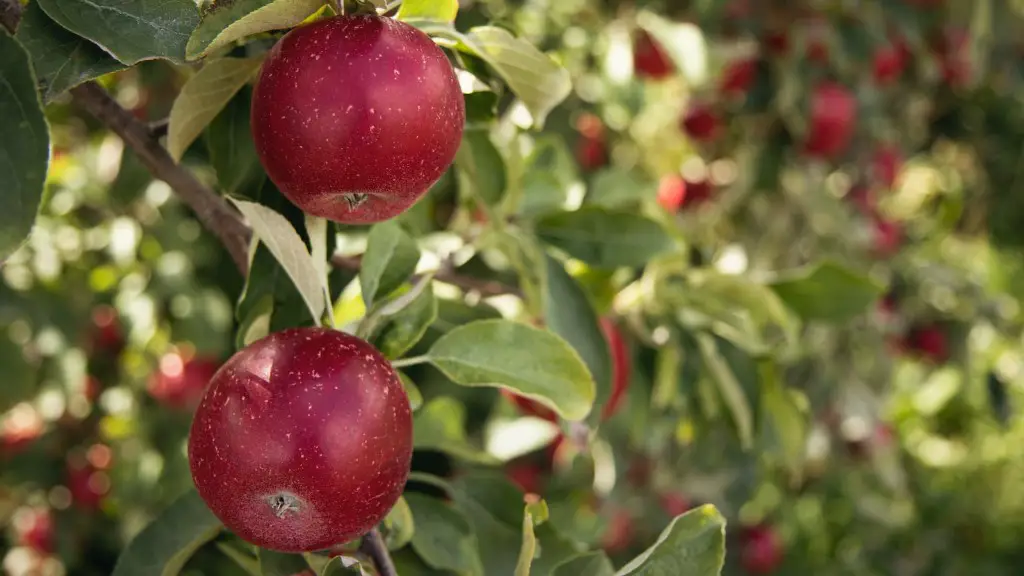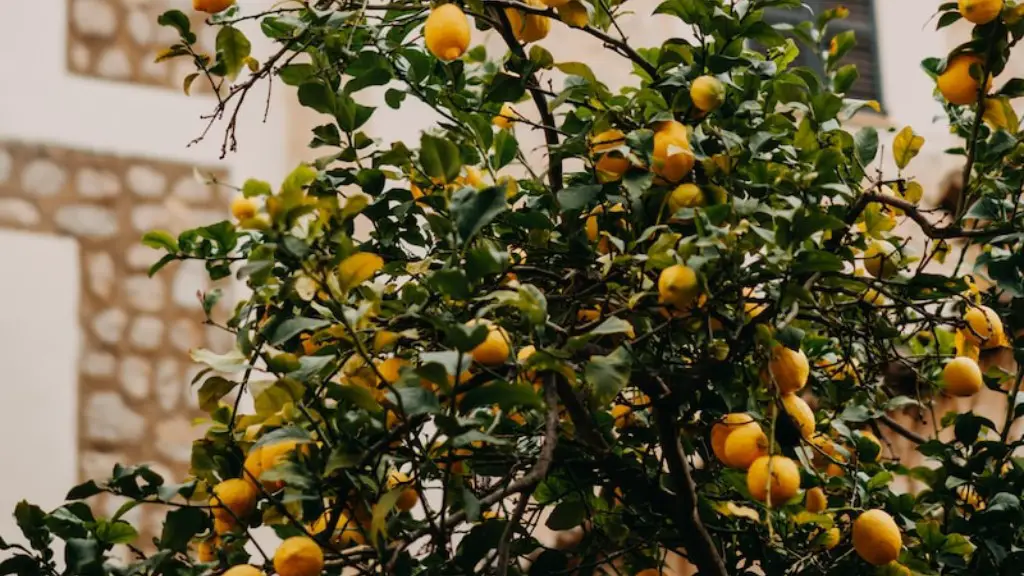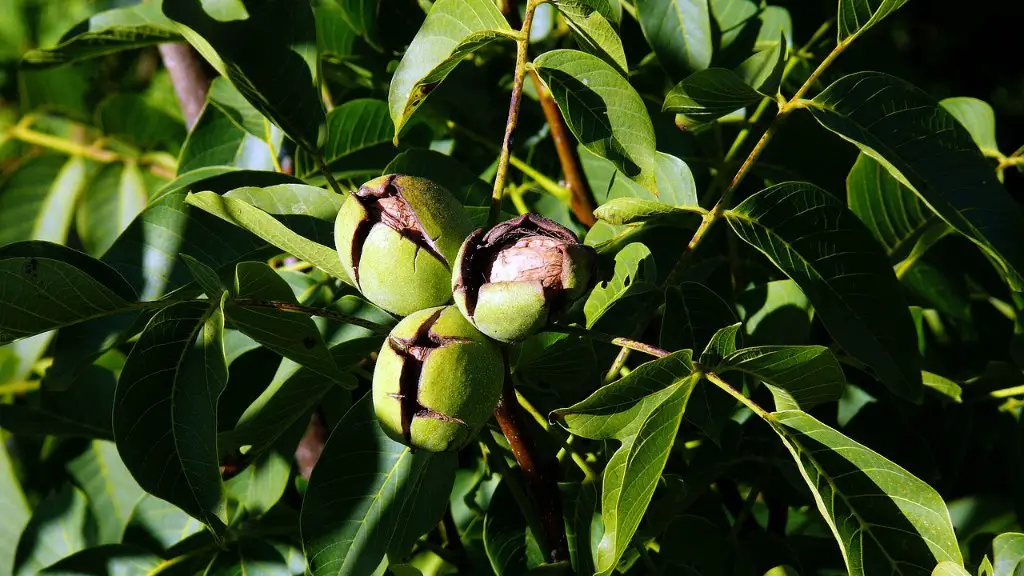Propagating apple trees from cuttings is a rewarding and inexpensive way to build a strong orchard for your garden. Taking apple tree cuttings is not a difficult task, but it does need to be done the right way in order for you to be successful. Read on to learn how to take cuttings from an apple tree.
Start with the right kind of apples. Choose apples that taste good and have some disease resistance. Gather growth that is approximately the thickness of a pencil and cut 12-18 inches of growth at the tip of the branch. Cut the stem in two or three places to make sure that it is not too thick or too thin.
Carefully remove any lower leaves and flowers from the stem and lightly crush the stem just below the node with your thumb nail. This allows the stem to absorb more water to aid in the survival of the cutting.
The ideal cutting material should be from a healthy tree, with bark that is firm and mature. Cuttings should be taken from the branch during the spring or summer, when the plant is actively growing. Use pruners or a sharp knife for taking cuttings.
Prepare a planting tray with a medium suitable for cuttings like water-holding gels or potting soil, and wet it thoroughly. Place cuttings in the prepared tray, spacing them as desired. Fill the container with a medium that has good drainage. Make sure that the container has holes in the bottom for drainage.
Cover the cuttings with plastic wrap. This will help keep the cutting sufficiently moist while they are rooting. Place the container in a warm area with bright indirect sunlight. This will help the cuttings root faster. Change the water or replenish the planting medium every few days to keep the cutting from drying out.
Once the cuttings have rooted, transfer them carefully to small pots filled with a potting mix. Make sure that the pots you use have adequate drainage. Water them twice a day until the cuttings are established. After that, reduce the number of waterings to once a day when the soil begins to dry out.
Planting the Cuttings
Once the cuttings are established, they are ready to be planted in the garden. Choose a spot with full sun and well-draining soil. If needed, amend the soil with compost or other organic material to improve drainage. Dig a hole that is approximately twice the size of the pot. Carefully remove the cutting from the pot and place in the hole. Cover with the prepared soil, making sure to fill in any air pockets.
Once planted, give each of the cuttings a thorough watering. Water thoroughly, to saturate the soil. Keep the soil damp, but not soggy, for the first few weeks to give the new plants time to establish. After that, mulch 2-3 inches around the base of the plants to help retain moisture. This can also help reduce weeds from growing around the new plants.
Keep an eye on the new plants for signs of stress. If the plants appear to be struggling, water more often and make sure that the soil is not too dry or too wet. If you see signs of disease or pests, address it quickly so it does not spread to other plants.
Once the new plants are established, you should start pruning them to help train and shape them. Prune the new plants while they are still young, before they become too large and unruly. Prune in a way that helps keep the tree healthy, with good air circulation and light penetration.
Caring for the Cuttings
To keep your cuttings healthy, they need to be properly cared for once they have been planted. Fertilize the plants twice a year with a balanced fertilizer, such as a 10-10-10 formula. Make sure to follow the instructions on the label for proper application rates.
Water the cuttings when the top three inches of soil becomes dry. Add a two-inch layer of mulch to help retain moisture. Mulch also helps keep weeds from competing with the new plants for water and nutrients. Keep weeds under control by either pulling them or using an organic herbicide.
Apple trees require a lot of sun, and should ideally receive eight hours of direct sunlight a day. Trees that are too shady may not produce as many fruit or have much flavor. Make sure to keep the area around the trees weed-free and neat. Removing any fallen leaves and debris will help keep disease and pests away.
When your apple trees are planted close together, you should regularly prune them to keep them from becoming too crowded. Pruning helps with air circulation and allows more light penetration to the fruit. Prune in late winter when the trees are still dormant and use clean, sharp pruning shears.
Protecting from Pests and Diseases
Apple tree cuttings are susceptible to pest and disease problems just as any other apple tree. Common problems include diseases such as apple scab, fire blight and coddling moths, and pests such as aphids and scale insects. Keeping the area around the trees weed-free and free of debris will help reduce the risk of pest and disease problems.
Check your plants regularly and look for signs of pest or disease. Don’t wait until there is a severe problem before you take action. If needed, use an organic insecticide or fungicide to control pest and disease problems. Also make sure to follow the instructions on the label when applying.
Apple trees are hungry plants, so be sure to fertilize your plants twice a year with a balanced fertilizer. This will help keep the soil healthy and strong and help produce a better fruit crop. Once the trees are established, you may want to consider using an organic fertilizer to provide your trees with the nutrients they need.
By following these tips, you should be able to successfully take cuttings from your apple tree and enjoy a bounty of fresh fruits for years to come. It may take some time and patience, but the rewards will be worth it in the end.
Pruning the Cuttings
Pruning is one of the most important things that you can do to keep your apple tree cuttings healthy and productive. Prune the tree while it is still young, before it becomes too large and unruly. Prune in a way that will keep the tree healthy and allow for good air circulation and light penetration. It’s best to do this in late winter when the tree is still dormant.
When pruning, make sure to use clean, sharp pruning shears. Always make clean cuts, so that the tree doesn’t become damaged or diseased. Remove dead or damaged branches and those that are crossing or rubbing together. If there are any suckers or watersprouts at the base of the tree, cut them off as well. You can also thin out some of the branches or remove those that are taking up too much room and getting in the way of sunlight.
Pruning your trees regularly will help keep them healthy and productive. Not only will it help them to produce better fruit, but it will also keep them looking attractive in your garden. It may take some time and patience, but the rewards will be worth it in the end.
Harvesting the Cuttings
Once your apple tree cuttings are established, you can look forward to harvesting fresh apples from your garden. Apples should be harvested when they are ripe and fall off the tree easily. Different varieties of apples will ripen at different times, so it is important to check them regularly.
When harvesting, use a ladder or stepladder to reach the apples at the top of the tree. Gently twist the apples off the branch so that they don’t become damaged. For eating, it is best to pick apples that are fully ripe and leave those that are not yet mature.
Once you have harvested your apples, store them in a cool, dark place until you are ready to use them. Apples can also be frozen or canned for use later in the year. Enjoy your bounty of fresh apples and enjoy the fruits of your labor.
Additional Tips
When taking apple tree cuttings, it is important to use proper technique. Choose a healthy tree with bark that is firm and mature. Take cuttings from new growth and be sure to remove any leaves or flowers from the stem and crush the stem below the node. Take your cuttings during the spring or summer when the plant is actively growing.
Once you have taken your cuttings, place them in a prepared planting tray filled with water-holding gels or potting soil. Mist the cuttings and cover with a plastic wrap to keep the cuttings moist and set the tray in a warm area with bright indirect sunlight. Change the water or replenish the planting medium every few days to keep the cutting from drying out.
Once the cuttings have rooted, they are ready to be planted in your garden. Prepare the soil with good drainage, and water the cuttings thoroughly after planting. Mulch and keep the soil damp, but not soggy, for the first few weeks. Keep the area around your trees weed-free and regularly prune them to keep them from becoming too crowded.
By protecting from pests and diseases, caring for the cuttings, and harvesting your apples, you should be able to enjoy a bountiful harvest of fresh apples from your own garden with minimal effort. With proper care and attention, your apple tree cuttings will give you years of joy and satisfaction.




